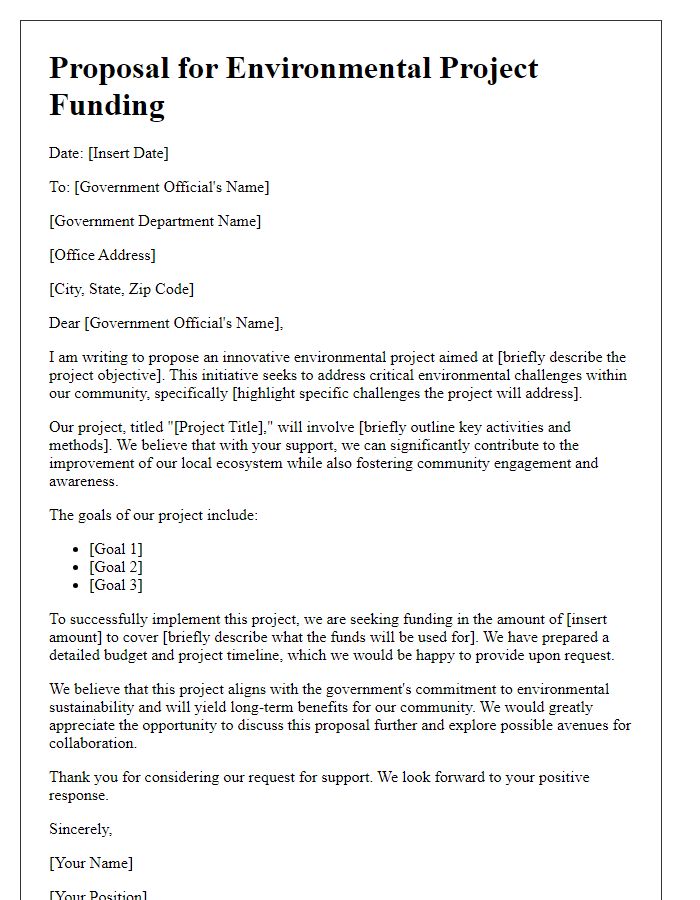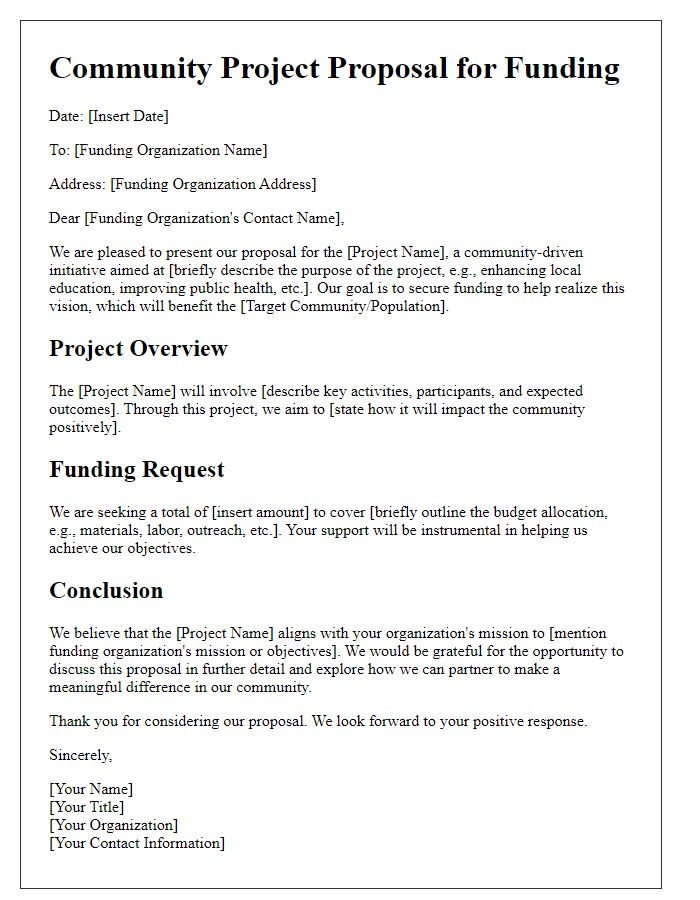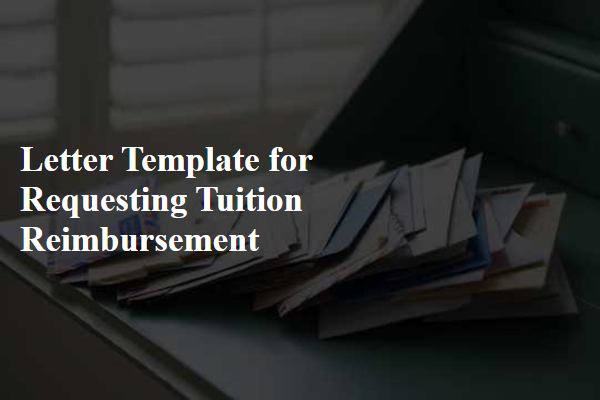Are you gearing up to submit a project proposal that stands out? Crafting the perfect letter template is essential to convey your ideas and professionalism effectively. In this article, we'll explore key elements that will make your proposal shine and ensure it gets the attention it deserves. So, let's dive in and discover how to create an impressive project proposal letter together!

Clear project title and objective
A formal project proposal submission requires a succinct yet comprehensive summary that clearly defines the project's core elements. The title should encapsulate the essence of the initiative, capturing the reader's attention and providing insight into the main focus. Objectives must be specific, measurable, achievable, relevant, and time-bound (SMART), outlining the intended outcomes and importance of the project. For instance, a project aimed at reducing plastic waste in urban areas, titled "Innovative Solutions for Sustainable Urban Waste Management," would have objectives such as "Reduce plastic waste by 30% within two years through community awareness programs and recycling initiatives." This not only emphasizes the project's purpose but also sets a clear timeline for assessment and success.
Comprehensive executive summary
A comprehensive executive summary outlines fundamental components of a project proposal, designed to capture attention from stakeholders. The summary should include project objectives, such as increasing efficiency by 25% over the next fiscal year, specific deliverables like a new web-based application for customer relationship management, and the target audience, which might involve both small and medium-sized enterprises in the technology sector. Key performance indicators (KPIs), including expected revenue growth of $500,000 within 12 months post-implementation, help quantify success. Additionally, highlighting a timeline with critical milestones, such as completion of the feasibility study by Q2 2024, provides a clear path forward. Budgetary considerations, like total project costs estimated at $150,000 and funding sources, including corporate sponsorship and grant applications, must also be addressed for financial transparency.
Detailed project scope and timeline
A comprehensive project scope outlines essential objectives and deliverables, providing clarity on project goals within specific parameters. The timeline highlights critical milestones, deadlines, and phases necessary for project execution. For example, the initial phase may involve stakeholder meetings, scheduled for October 1-7, 2023, leading to the project kickoff on October 15, 2023. Subsequent phases could include research and analysis from October 16 to November 15, 2023, followed by implementation from November 16 to December 31, 2023. Detailed tracking of progress will ensure adherence to the timeline while allowing adjustments as necessary for unexpected challenges. Overall, this structured approach aims to achieve successful outcomes, ensuring alignment with stakeholder expectations and organizational objectives.
Budget and resource allocation
A well-structured budget is essential for the successful execution of any project, encompassing all necessary resources for completion. A detailed financial outline should specify the total funding required, broken down into categories such as personnel costs, equipment expenses, materials, and overheads. For instance, personnel costs may include salaries for key roles, like project managers, researchers, and administrative staff, clearly itemized by hourly rates or annual salaries. Equipment expenses could cover essential tools and technologies, from computers to specialized software, necessary for project development. Additionally, materials may involve costs related to raw inputs for production or consumables needed for ongoing operations. Overheads should outline indirect costs, such as utilities and office space utilization. Accurate resource allocation ensures efficient use of funds, ultimately contributing to the project's success while minimizing waste and maximizing impact.
Credentials and experience of project team
The project team comprises highly qualified professionals with extensive backgrounds in project management, engineering, and relevant fields. Team Leader, Jane Doe, holds a Master's Degree in Civil Engineering from Stanford University, with over 10 years of experience leading large-scale infrastructure projects, including the $50 million Green Valley Bridge project in California. Project Manager, John Smith, brings 8 years of experience in data analytics to optimize resource allocation and project efficiency. Co-Technical Lead, Emily Johnson, specializes in environmental engineering, holding a Ph.D. from MIT, with a focus on sustainable construction practices demonstrated during the $30 million Eco-Build initiative in Boston. Additionally, the combined expertise of the project team includes certifications in Project Management Professional (PMP), Six Sigma Green Belt, and Lean Management, ensuring the highest standards of deliverables and adherence to project timelines. The team's robust portfolio reflects a consistent track record of success in similar projects, positioning us to effectively deliver results for the proposed initiative.
Letter Template For Formal Project Proposal Submission Samples
Letter template of environmental project proposal for government support













Comments